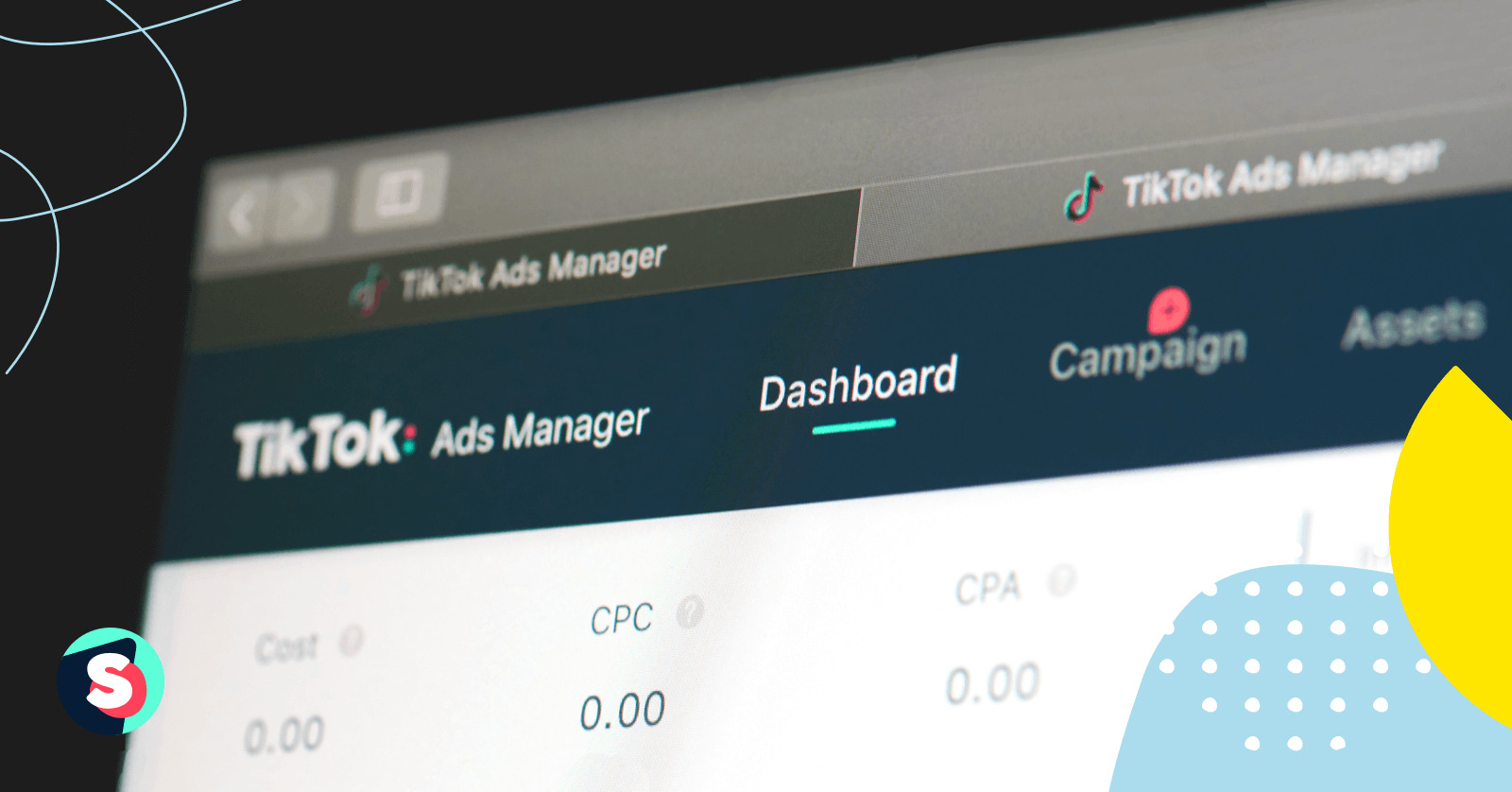In the rapidly evolving landscape of social media marketing, TikTok has emerged as a powerhouse platform, capturing the attention of millions globally. With its unique blend of entertainment and creativity, brands are turning to TikTok to reach a younger audience and enhance their online presence. At the forefront of this digital marketing revolution is the TikTok Ad Manager, a comprehensive tool designed to help businesses effectively promote their products and services on this dynamic platform.
Understanding the functionality and potential of the TikTok Ad Manager is crucial for marketers looking to optimize their advertising strategies. From targeting specific audience demographics to analyzing campaign performance, this platform offers an array of features that can elevate your marketing game. As we delve deeper into the world of TikTok advertising, we will uncover the essential components that make the TikTok Ad Manager a vital asset for any digital marketer.
In this article, we will explore the various aspects of the TikTok Ad Manager, answering common questions and providing insights to help you navigate this powerful tool. Whether you're a seasoned marketer or just starting your journey, this guide will equip you with the knowledge to harness the full potential of TikTok advertising.
What is TikTok Ad Manager?
The TikTok Ad Manager is an advanced advertising platform that allows businesses and marketers to create, manage, and optimize ad campaigns on TikTok. This tool provides users with the ability to target specific audiences, set budgets, and analyze the performance of their ads in real-time. The platform's user-friendly interface simplifies the advertising process, making it accessible for businesses of all sizes.
How Does TikTok Ad Manager Work?
Using TikTok Ad Manager involves several key steps:
- Setting Up an Account: Users need to create an account to access the Ad Manager.
- Creating Campaigns: Advertisers can set campaign goals, such as brand awareness or conversions.
- Targeting Audience: The platform allows for precise audience targeting based on demographics, interests, and behaviors.
- Monitoring Performance: TikTok Ad Manager provides analytics tools to track ad performance and make necessary adjustments.
Why Should Businesses Use TikTok Ad Manager?
Businesses should consider using TikTok Ad Manager for several reasons:
- Vast Audience Reach: TikTok boasts millions of active users, providing a large potential customer base.
- Engaging Content Format: TikTok's video-centric platform encourages creativity and engagement.
- Cost-Effective Advertising: TikTok offers various ad formats to fit different budgets.
- Data-Driven Insights: The analytics tool allows businesses to measure the effectiveness of their campaigns.
What Types of Ads Can You Create with TikTok Ad Manager?
TikTok Ad Manager offers several ad formats to cater to different marketing goals:
- In-Feed Ads: These ads appear in users' feeds and can drive traffic to external sites.
- TopView Ads: A premium ad format that captures user attention immediately upon opening the app.
- Branded Hashtag Challenges: Encourages user-generated content by promoting a specific hashtag.
- Branded Effects: Allows brands to create custom effects for users to engage with.
How to Optimize Your Campaigns on TikTok Ad Manager?
To achieve the best results from your TikTok ad campaigns, consider the following optimization strategies:
- Test Different Creatives: Experiment with various ad formats and styles to see what resonates with your audience.
- Monitor Analytics: Regularly check performance metrics to identify trends and make adjustments.
- Engage with Trends: Stay updated on TikTok trends and incorporate them into your ads for better engagement.
- Define Clear Goals: Set specific objectives for each campaign to measure success accurately.
What Are the Costs Involved in Using TikTok Ad Manager?
The costs associated with using TikTok Ad Manager can vary based on several factors:
- Budget Control: Advertisers can set daily or lifetime budgets to control spending.
- Bidding Strategies: TikTok offers various bidding options, including cost-per-click (CPC) or cost-per-impression (CPM).
- Ad Format Selection: Different ad formats may have varying costs, impacting the overall budget.
How to Measure Success with TikTok Ad Manager?
Measuring the success of your TikTok ad campaigns involves analyzing key performance indicators (KPIs):
- Engagement Rate: Monitor likes, comments, and shares to gauge audience interaction.
- Click-Through Rate (CTR): Assess how many users clicked on your ad compared to impressions.
- Conversion Rate: Track the percentage of users who completed desired actions after interacting with your ad.
- Return on Investment (ROI): Calculate the profitability of your campaigns based on your ad spend and revenue generated.
What Are the Best Practices for TikTok Ad Manager?
To maximize the effectiveness of your TikTok advertising efforts, follow these best practices:
- Be Authentic: Create content that resonates with TikTok's playful and creative culture.
- Utilize Music and Sounds: Incorporate trending sounds into your ads to enhance engagement.
- Optimize for Mobile: Ensure ads are visually appealing on mobile devices.
- Engage with User-Generated Content: Encourage users to create content related to your brand for organic reach.
In conclusion, the TikTok Ad Manager is an invaluable tool for businesses aiming to thrive in the digital marketing space. By understanding its features and implementing effective strategies, brands can significantly enhance their visibility and engagement on this vibrant platform. Whether you are a seasoned marketer or a newcomer to the world of TikTok advertising, mastering the TikTok Ad Manager can pave the way for your success in reaching and connecting with your target audience.
You Might Also Like
Exploring The Quirky World Of Toaster CarsDiscovering The Charisma Of Hacibabatesbihanesii On TikTok
Discovering Five Restaurant Birmingham AL: A Culinary Gem
Exploring The Colorful World Of Jellybean Sweets On YouTube
Is Gymshark Insiders Legit? An In-Depth Exploration
Article Recommendations
- Alaina Ellis Leak
- Loni Willison Now
- Elon Musk Mom Satanist
- Aliyah Marie Nude Leaks
- Laralane Onlyfans
- Luke Beasley Biography
- Donald Trump Jr Kimberly Guilfoyle
- Bhad Bhabie Nude Leaks
- Sophie Rain Only Fans Leaks
- Jellybeanbrains Porn


